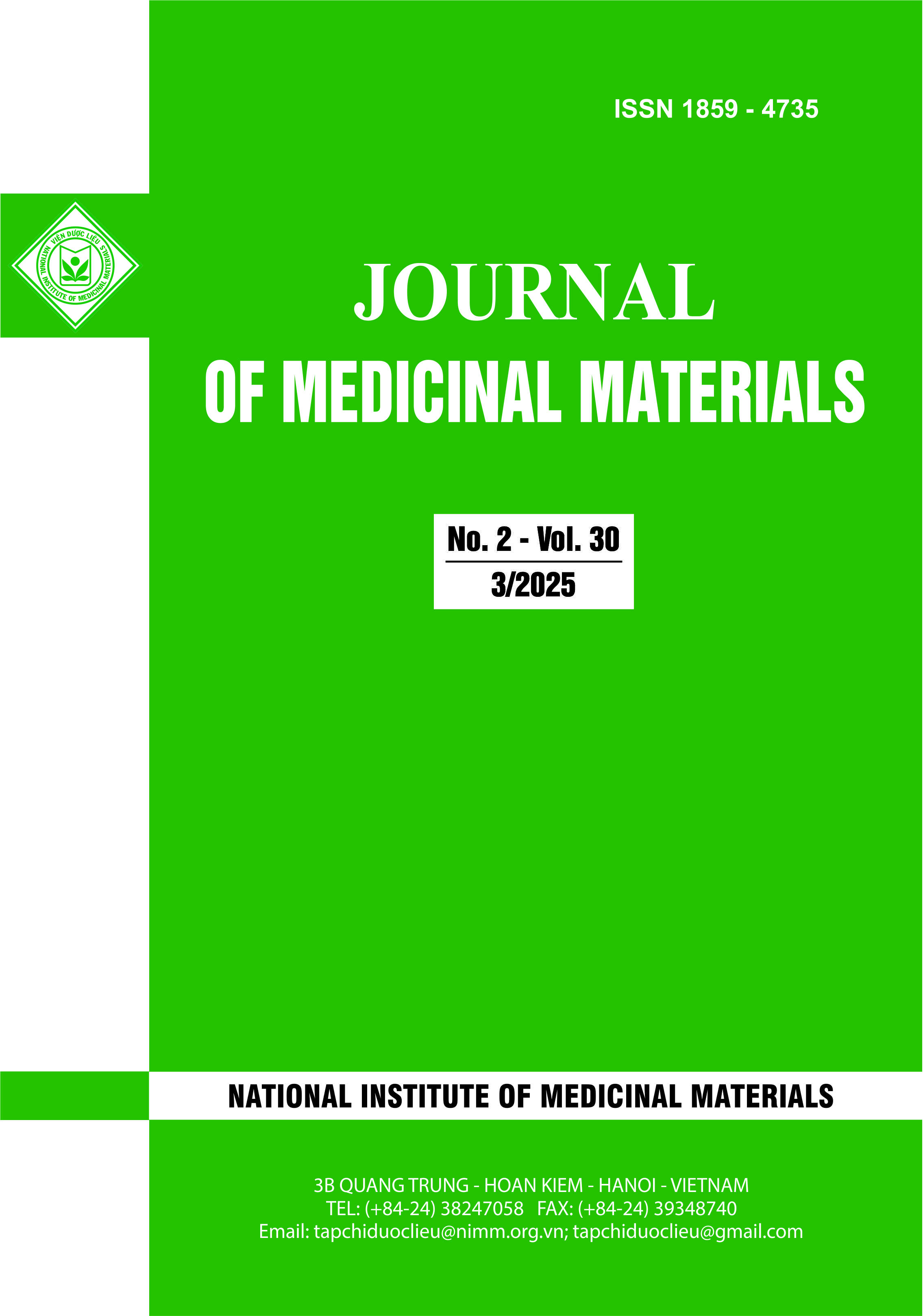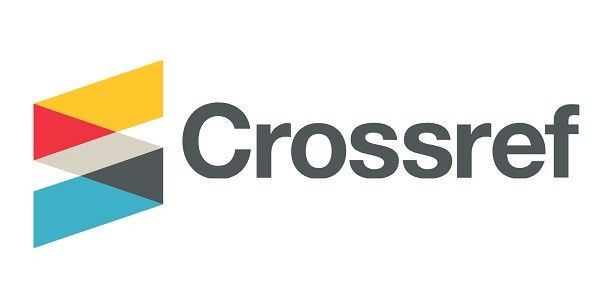
Số lượt xem pdf: 0
Đã Xuất bản
Chuyên mục
Cách trích dẫn
TRANSFERSOME FOR SKIN DELIVERY OF CENTELLA ASIATICA EXTRACT BY THIN FILM HYDRATION
DOI:
https://doi.org/10.63240/jmm-nimm.2025.2.117Từ khóa:
Centella asiatica, Asiaticoside, TransfersomesTóm tắt
Centella asiatica is a traditional Vietnamese herb, which poses outstanding effectiveness in the treatment of wound healing, especially in infected wounds. However, the unpleasant physical properties of the bioactive chemicals in its extract, including asiaticoside, such as high molecular weight, low solubility, and permeability, limit the therapeutic applications. Among various nanocarriers, transfersome – a promising nanovesicle was prepared to improve the skin delivery of the extract from this herb. Asiaticoside transfersome consisted of soybean lecithin and different surfactants, like salts of fatty acid, hydrophilic emulsifiers, and hydrophobic emulsifiers, by thin film hydration method and ultrasonication. The obtained transfersomes had a size below 150 nm, homogenous distribution and the absolute value of zeta potential above 30 mV. The entrapment efficiency, based on asiaticoside quantity, was nearly 85%, and drug loading was above 30%. Sodium dodecyl sulfate was the optimum surfactant, promoting the highest drug permeability of Centella transfersomes through the dialysis membrane and mouse skin. Moreover, these vesicles remained stable until thirty days at 25oC. Therefore, asiaticoside transfersomes could be considered as a potential drug delivery system via skin.


